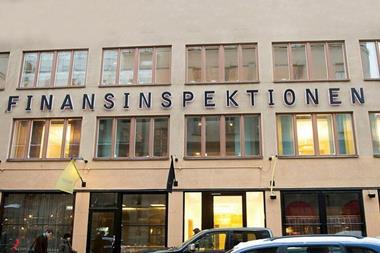Supported by healthy demand from international investors, domestic institutions and private buyers, 2004 looks set to be the strongest year of performance by UK property since 1997. Real estate has continued to perform well in relation to equities and bonds, and offers more stable returns. Asset allocations through the 1990s were dominated by the ‘cult of the equity’, but more recently property has benefited as investors have sought to build more diversified portfolios. Arlington’s own experience with investment consultants in the pensions sector confirms that recommended property allocations are rising, and weights of 10 -15% of total assets are increasingly being targeted.
Retail property has been the focus of activity over the last three years, as office markets suffered from the international downturn in financial and business service activity. Recently though, there have been signs that a more balanced market is starting to emerge, and sector performance differentials are narrowing. Occupier demand for offices has started to improve, and there is a recognition that the recent strong retail returns will be difficult to match going forward.
During the past year, office take-up levels have seen a general recovery, as occupier markets have reflected strengthening economic growth. Even so, activity remains well below the average levels of the past ten years. One of the stronger markets is London’s west end, which has benefited from growth in demand from the advertising and media industries, and, on a smaller scale, from financial services.
Increasing take-up and residential conversions of poorer quality buildings have reduced availability in the west end to around 9% of total stock,near the level at which competition for space has historically triggered rental growth. Rental values are now growing for prime assets, and there have been a number of deals for smaller blocks of top quality space in Mayfair at around £80/ft2 (e115).
There remains a two-tier market. Many sub-prime locations owners are still struggling to let space. The Victoria and Westminster sub-markets have been hit by plans to decentralise civil service jobs, outlined in the government’s recently published Lyons Report.
Evidence of rental growth in the west end has also heightened investment demand for property, with the UK institutions returning in increasing numbers. Demand for office investments has accelerated during the year. Combined with a limited availability of stock, this is boosting capital values.
Despite speculation of a similar rebound in City office rents, there is some danger that sentiment is getting ahead of reality. Prime rental values have stabilised in 2004, but rents for second hand space have continued to decline. The obstacle to growth is the high level of empty office space. Around 17% of the total stock is still available, but the proportion is now falling. Typically, availability in the City has to drop to around 10% before rental growth occurs.
The viability of iconic developments has been called into question by the inability of the Swiss Re ‘Gherkin’ to attract premium rents, or to let any of its remaining space since completion. Future schemes, such as the Minerva Tower and the London Bridge ‘Shard of Glass’, have had a lot of media coverage, but whether these will eventually be built depends on securing large pre-lets. For the time being potential occupiers are spoilt for choice, but from 2006 the market looks set to become more competitive, and the chances of success will improve. At this stage investors will need to monitor the supply pipeline carefully, as overdevelopment could further postpone the rental recovery.
Outside London, market conditions are mixed. Most provincial cities have seen limited tenant demand and rising availability over the past two years, but have largely escaped the problems of falling rental values and oversupply seen in London. Performance tends to be less cyclical than in the markets of London and the south east, and returns are supported by a relatively high income yield. Provincial office markets offer defensive qualities in a weak market, but conversely are unlikely to match London’s performance in an upswing.
By contrast, markets in the Thames Valley market have been particularly vulnerable to the slowdown in the technology, media and telecoms (TMT) industries since the late 1990s boom. Although there are signs of a recovery, availability rates remain over 20% in many cases, and these towns look set to underperform the rest of the country in rental growth terms for some time to come.
Now, many of the locations affected have close to full employment, some of the highest workforce participation rates in the country, and housing shortages, which limit the scope for in-migration. It is harder to see where the jobs are going to come from to create enough demand for the empty offices to be absorbed.
The growth in take-up this time will be more muted, and selective. Better quality, well-managed space will benefit as demand recovers, while many older and sub-standard buildings remain vacant. However, the latter may offer opportunities for changes of use and redevelopment, particularly for housing.
After a period in the doldrums, the office market is returning to favour as its performance fundamentals improve. This will offer investors a broader range of opportunities. There will be scope for innovative deals, such as sale and leaseback contracts with major corporate occupiers, to secure stock. Returns from the better UK office markets look set to overtake town centre retail property over the next few years. Those investors which focus on servicing their tenants’ needs, and choosing their buildings and markets carefully, will be well placed to share in this success.
Andrew Smith heads Arlington Securities’ research and strategic services team












No comments yet